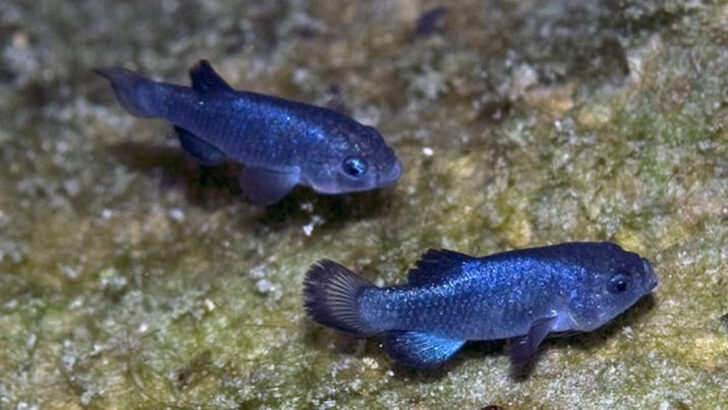The Devils Hole pupfish is not just rare – it’s almost mythical.
Found only in the mysterious waters of Devils Hole, this tiny, endangered fish thrives in one of the most isolated and extreme environments on Earth. The lake, a deep, secluded cavern in Nevada, holds secrets that have baffled scientists for decades.
With fewer than a few dozen individuals left, these pupfish are a living miracle. They’ve adapted to life in warm, oxygen-poor water, surviving where few creatures could.
Join us as we explore the incredible world of the Devils Hole pupfish, a species so unique, its survival is nothing short of extraordinary. This tiny fish and its delicate home are a powerful reminder of nature’s ability to endure, even in the most unforgiving places.
The Enigmatic Habitat of Devils Hole

Tucked away in Nevada’s Amargosa Desert, Devils Hole is an isolated aquifer-fed pool. This peculiar habitat is home to the rare Devils Hole pupfish. With water temperatures reaching around 93°F, it’s a challenging environment for most species.
Yet, these tiny fish have thrived here for thousands of years. The pool’s depth is still a mystery, adding an air of intrigue to this unique ecosystem.
Protected by the Ash Meadows National Wildlife Refuge, it highlights the delicate balance between nature and conservation efforts.
The Remarkable Adaptations of the Pupfish
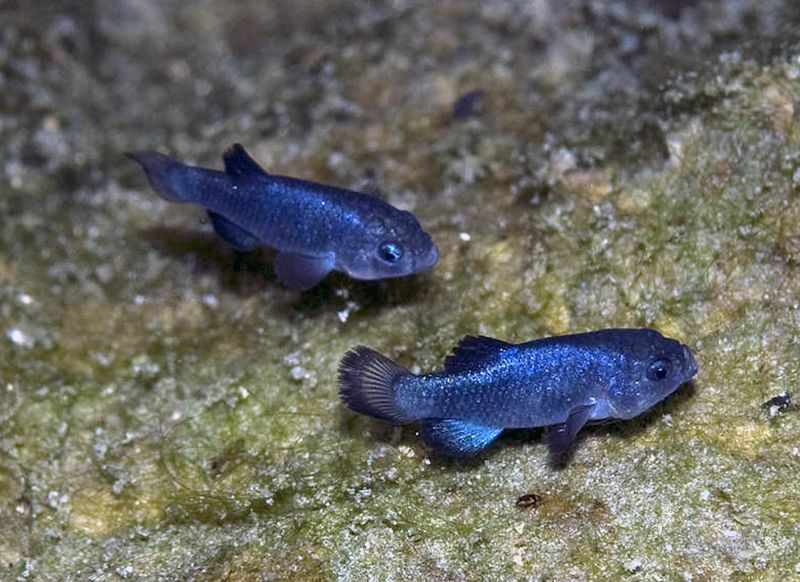
Measuring less than an inch long, the Devils Hole pupfish boasts a vibrant blue hue. These tiny creatures have adapted to extreme conditions, including high temperatures and low oxygen levels.
Their survival story is a testament to nature’s resilience. Unlike other fish, they have a shortened lifespan, living only about a year.
This quick turnover is crucial for their survival in such a restricted habitat. The pupfish’s ability to endure this harsh environment is truly remarkable.
Conservation Efforts and Challenges
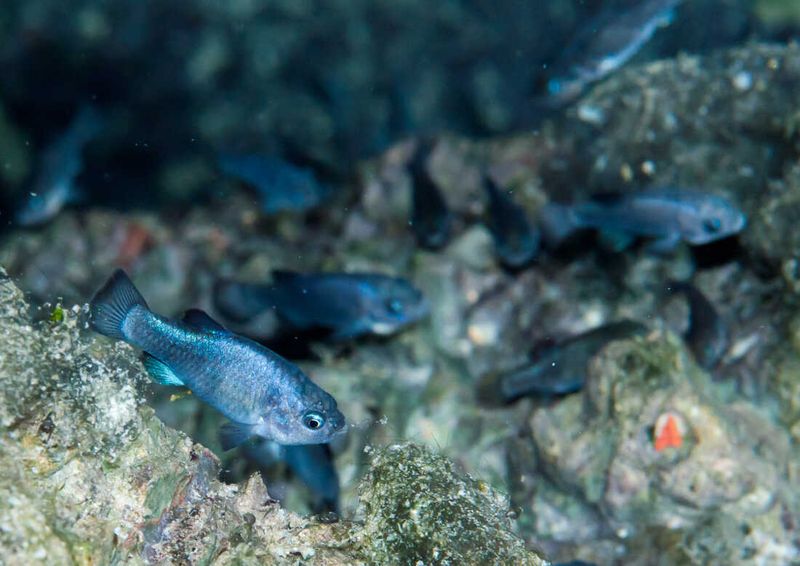
Conservationists have faced many challenges in protecting the Devils Hole pupfish. The pool’s small size and vulnerability make it a conservation priority.
Efforts include monitoring water levels, controlling invasive species, and regulating human access. Despite these efforts, the pupfish’s population remains critically low.
Innovative solutions, like creating artificial habitats, are being explored to enhance their survival chances. It’s a continuous battle against nature’s unpredictability and human impact.
The Geological Phenomenon of Devils Hole
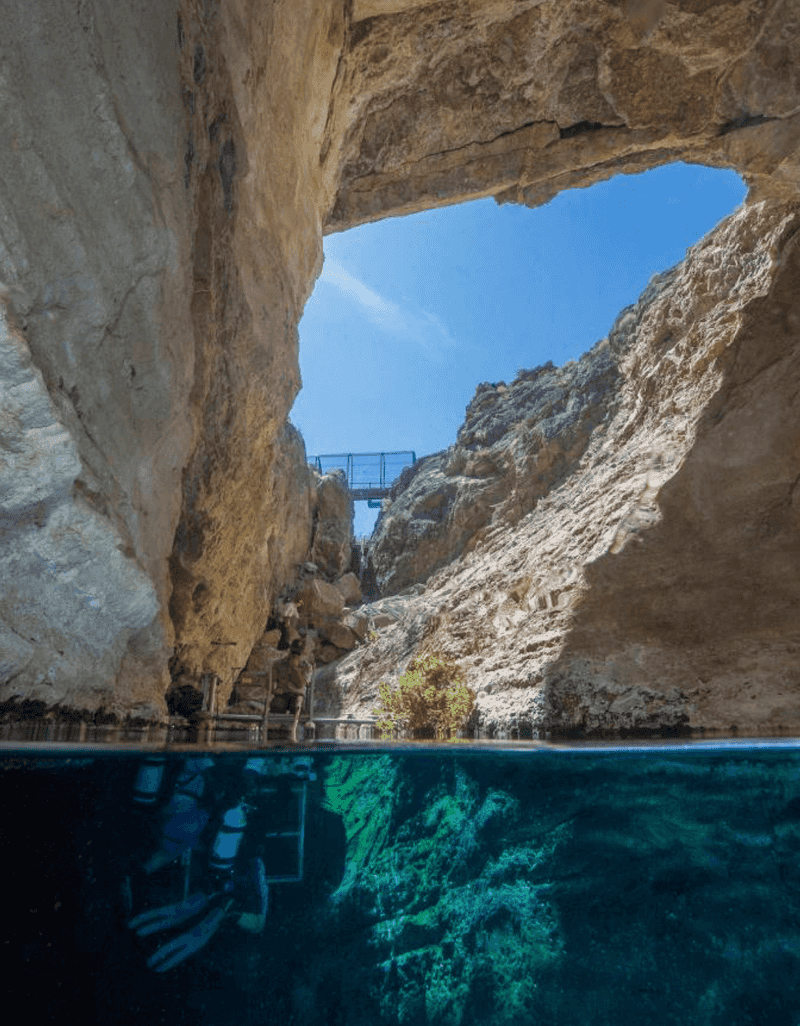
Devils Hole is more than just a pool of water; it’s a geological wonder. This aquifer is part of a vast underground water system. Its fluctuating water levels often correlate with seismic activity worldwide.
The mystery of its depth and the unique conditions it presents make it a perfect natural laboratory for scientists. This geological marvel further emphasizes the importance of preserving such unique natural formations.
A Glimpse into the Pupfish’s Diet
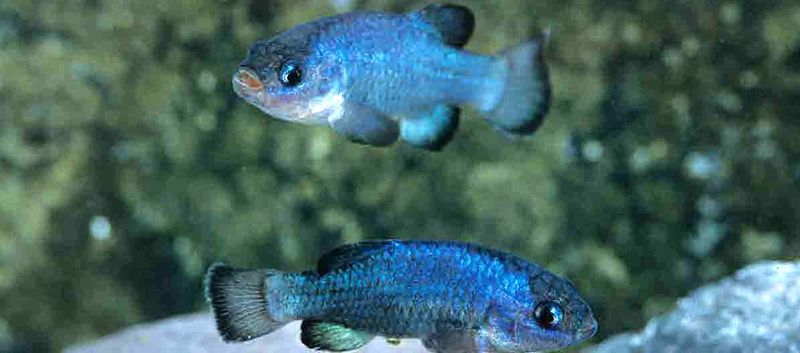
The Devils Hole pupfish primarily feeds on algae and small aquatic insects. Their diet is restricted due to the limited resources in their habitat.
This makes the ecosystem’s balance incredibly fragile. Any change in algae growth or insect population can greatly impact their survival. Understanding their dietary needs is crucial for conservation efforts, ensuring these tiny fish continue to thrive in their unique environment.

